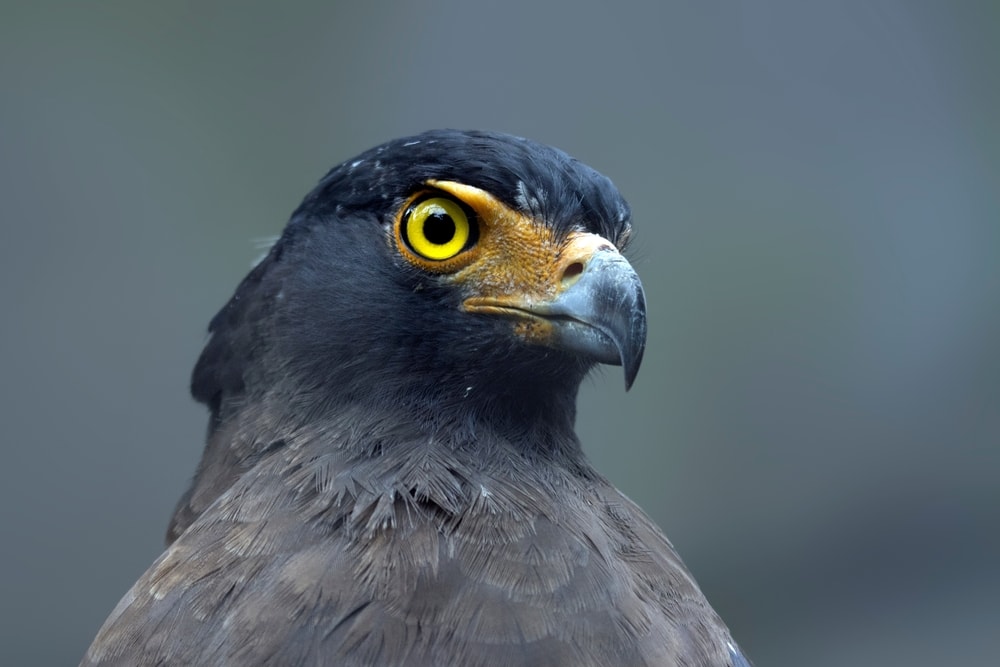What if we told you that there were animals throughout history that you never managed to see in a textbook or even hear about? What if we told you that there have been animals throughout history that were rare from the start and remained that way? It might be a shocking thing to hear, but some of the rarest animals in the world are shocking to see.
There are some rare animals you might have heard of. Yet we decided to cover a lot of these animals from different walks of life. In fact, this list is so versatile that we can guarantee you may be hearing and/or seeing some of them for the very first time here. How can we guarantee such a thing?
Some of them have only been known for a short time period. Others simply just aren’t going to be where humans might frequent. Others, meanwhile, are located in specific parts of the world where even natives see them rarely.
We decided to use the term “rare” in a loose way. Throughout history, there have been a ton of amazing creatures that have gone extinct or eventually ended up close to it. Meanwhile, there are others that people just do not see very often, making them a rare sight.
Some of these animals have been gone for so long that they have simply become legends or merely referenced in writings from thousands of years ago.
In this list, we decided not to mention any of the Dinosaurs. We also chose to only use animals that are proven to have lived, not ones based on fantasy like the Unicorn for example.
That said, sit back and enjoy our list of the 50 rarest animals known throughout history.
50. Madagascar Serpent Eagle

Current Status: Endangered
When you think about eagles, most Americans only concern themselves with the infamous bald eagle. Around the world, various nations have eagles mostly native to them. Yet one of the animals you’ve likely never heard of is known as the Madagascar Serpent Eagle. It is a beautiful bird native to, obviously, Madagascar. The species is currently endangered and dying out fast. It is currently one of the rarest animals in the world and incredibly hard to come across in the wild.
This is mostly due to habitat loss because it seems like they have an entire place filled with food they can eat. Heck, they eat every animal as well as most fruit that calls Madagascar home. At one point, we thought the species was lost forever as the last sighting was in 1930. Then when more were spotted in the 1970s and 1980s, there was hope it could come back. Sadly, it remains endangered and may stay that way due to habitat issues.
